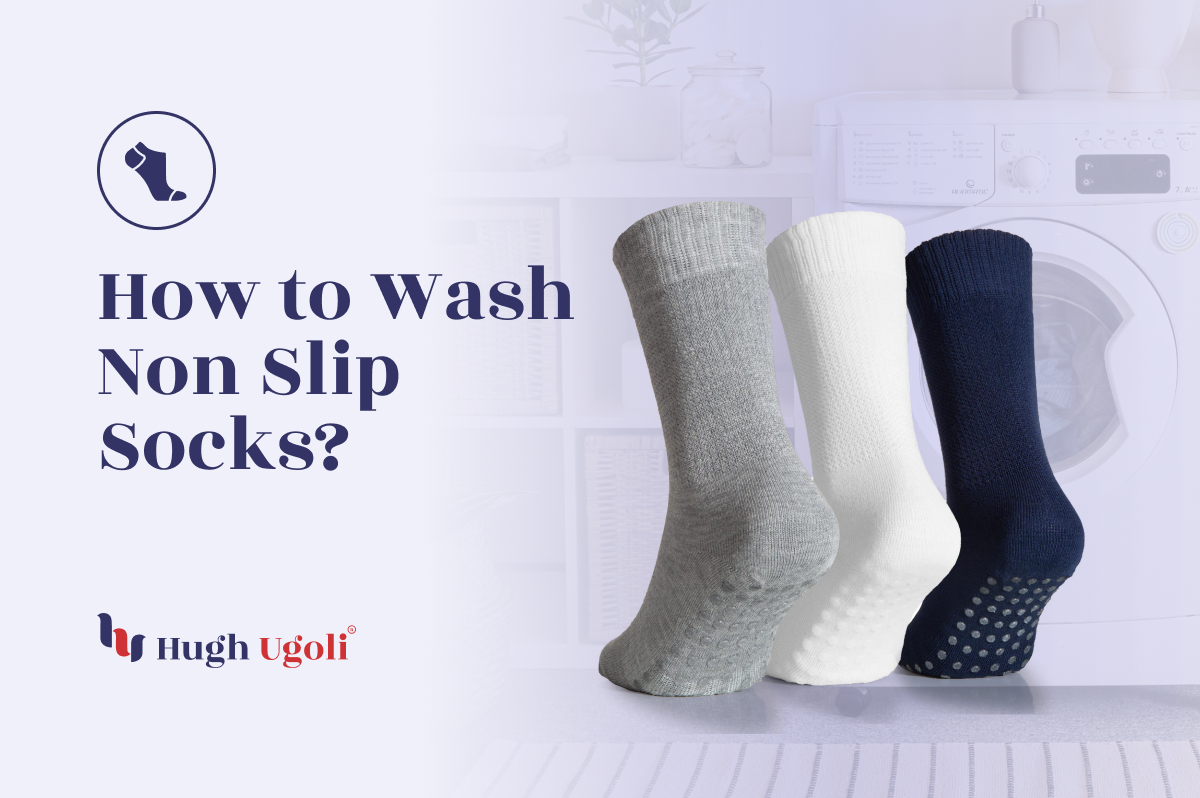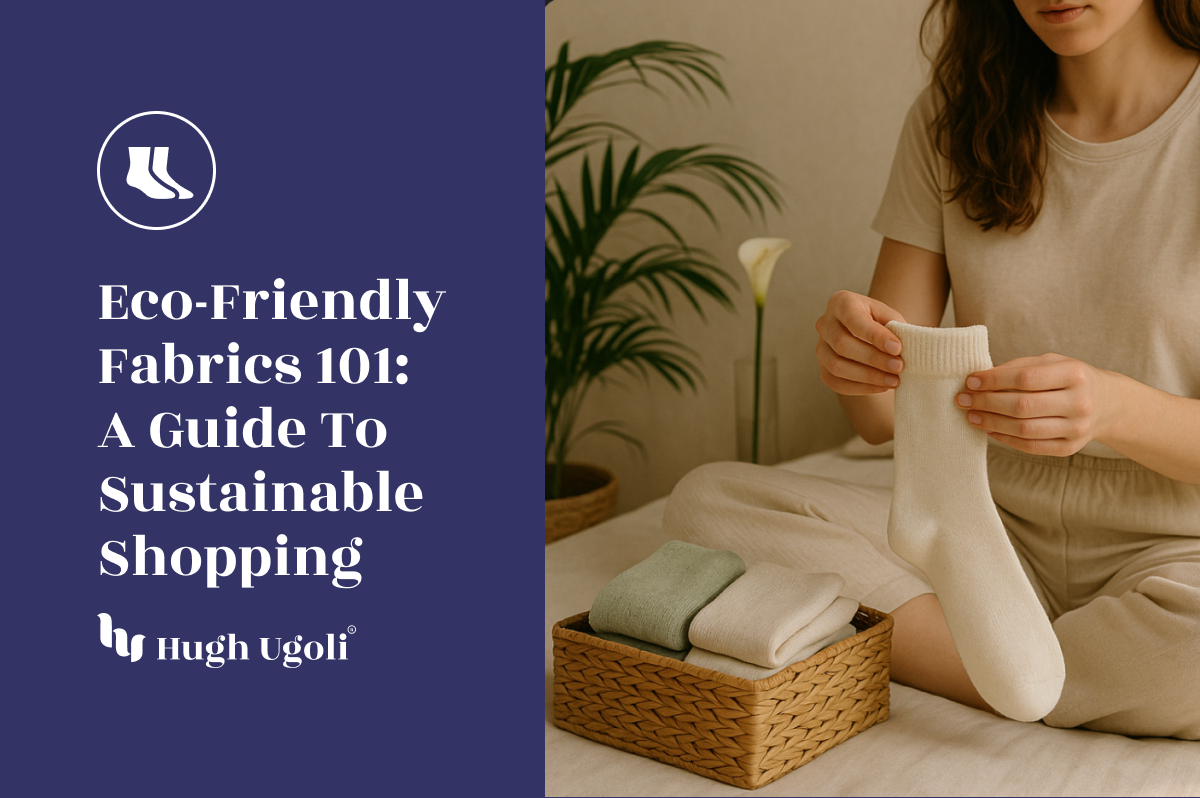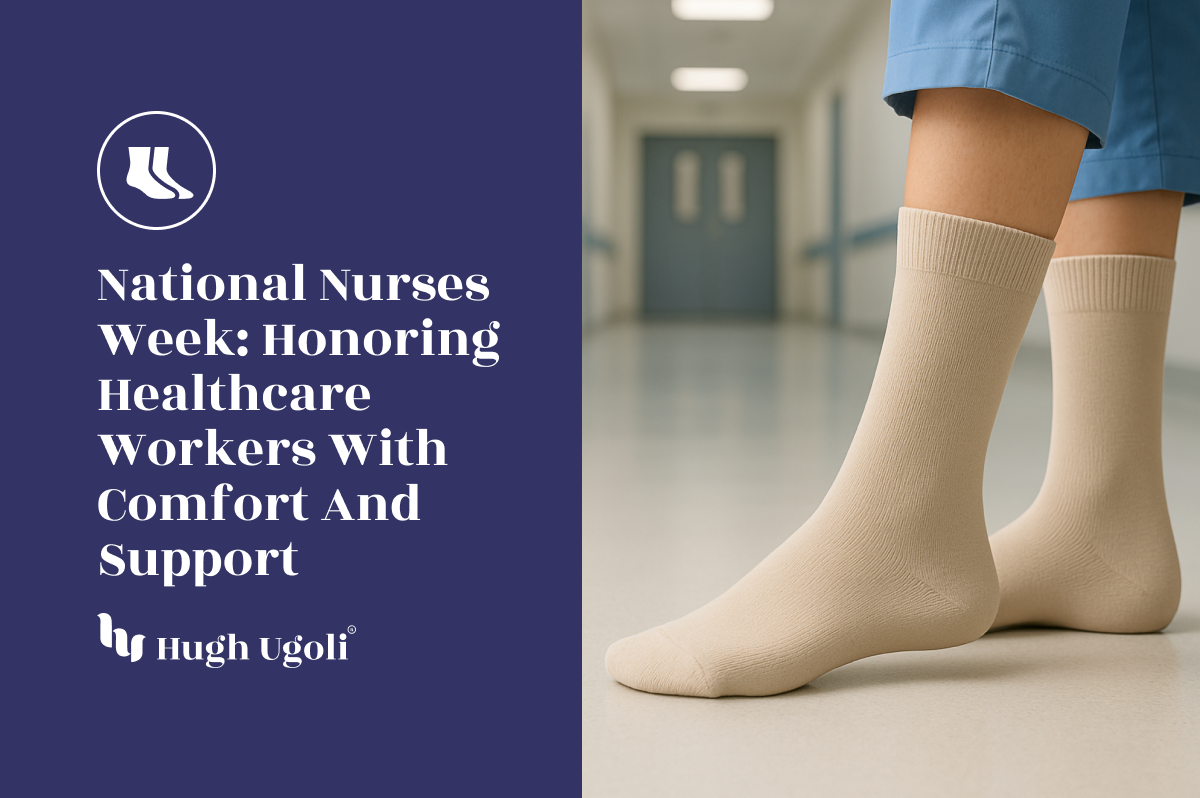Non-slip socks, often Pilates socks, have become increasingly popular for their practicality and safety features. They are handy for older people, children, or anyone who wants to minimize the risk of slipping, whether at home or during a Pilates class. However, maintaining the grip of these slip socks requires special care during washing. This guide aims to provide a detailed walkthrough on effectively washing your non-slip socks, ensuring they last longer and continue to serve their purpose.
The Importance of Proper Washing
Non-slip socks usually feature silicone or rubber grips on the soles to prevent slips and falls. Over time, these grips can accumulate dirt, oils, and even bacteria, reducing their effectiveness. Proper washing is not just about cleanliness; it's also about maintaining the sock's safety features. The grips are the heart of non-slip socks, and improper care can decrease their functionality, posing a safety risk.

Pre-Wash Preparations
- Sort Your Laundry: Non-slip socks should be washed with colors to prevent color bleeding. Sorting your laundry is the first step in ensuring your socks maintain their original color.
- Check for Damages: Before washing, inspect the socks for any loose threads or damages to the grips. Damaged socks may need to be replaced to ensure safety. It is crucial because worn-out grips can compromise your security.
- Turn Inside Out: Always turn your socks inside out to protect the grips from lint and other debris. This simple step can prolong the life of the grips.
- Use a Mesh Laundry Bag: Place the socks in a mesh laundry bag to separate them from other types of clothing and prevent snagging. Washing them with other items with zippers or hooks is particularly useful.
Washing Machine Guidelines
- Select the Right Cycle: Opt for a gentle cycle to minimize wear and tear on the fabric and grips. The delicate process is less abrasive, ensuring that the grips remain intact.
- Temperature Settings: Keep the water temperature below 86°F (30°C) to preserve the integrity of the silicone grips. Hot water can cause the silicone to deteriorate, reducing its effectiveness.
- Detergent Choices: Use a mild, eco-friendly detergent. Avoid bleach and fabric softeners, as they can deteriorate the grips and the sock fabric. Fabric softeners can leave a residue that reduces the grip's effectiveness.
- Stain Treatment: Use a stain remover for stubborn stains, but apply it sparingly to avoid affecting the grips. Stains like oil or mud can be pre-treated before the wash for better results.
Hand Wash for Longevity
- Prepare a Soak: Fill a basin with cold water and add a capful of mild detergent. Hard water is less harsh on the fabric and grips.
- Soak and Agitate: Place the socks in the water and gently agitate to loosen dirt and oils. Let them soak for at least 15 minutes for effective cleaning.
- Rinse Thoroughly: Rinse the socks under cold water until all soap residue is gone. Make sure to squeeze out excess water gently to avoid damaging the grips.
- Extra Care: Consider using a specialized grip restorer available in specialty stores for socks that have lost some grip. It can help rejuvenate the silicone grips and extend the life of your socks.
Drying and Storage
- Air Dry Preferred: The best way to dry non-slip socks is to air dry them. Hang them in a well-ventilated area away from direct sunlight. Direct sunlight can cause the colors to fade and may affect the silicone grips.
- Machine Drying: If you must use a dryer, opt for the lowest heat setting and remove the socks while they are still slightly damp. High heat can cause the grips to lose their stickiness.
- Storage: Store the socks flat in a drawer, avoiding folding methods that could cause the grips to stick together. Proper storage ensures that the socks are ready for use when needed.
Additional Tips for Maintaining Grip
- Regular Inspection: Periodically check the condition of the grips. If they start to peel or lose their stickiness, it may be time to replace the socks. Regular inspection can help you decide when it's time for a new pair.
- Avoid Prolonged Use: Wearing the socks for extended periods can cause quicker wear and tear. Reserve them for situations where you need the extra grip, such as during a Pilates class or other activities requiring stability.
Washing non-slip socks requires more attention than regular socks, but the benefits are well worth the effort. By following this comprehensive guide, you can extend the lifespan of your non-slip socks and ensure they continue to provide the safety and comfort you've come to expect. Remember, proper care is the key to long-lasting, non-slip socks, and this guide aims to equip you with all the knowledge you need.
















